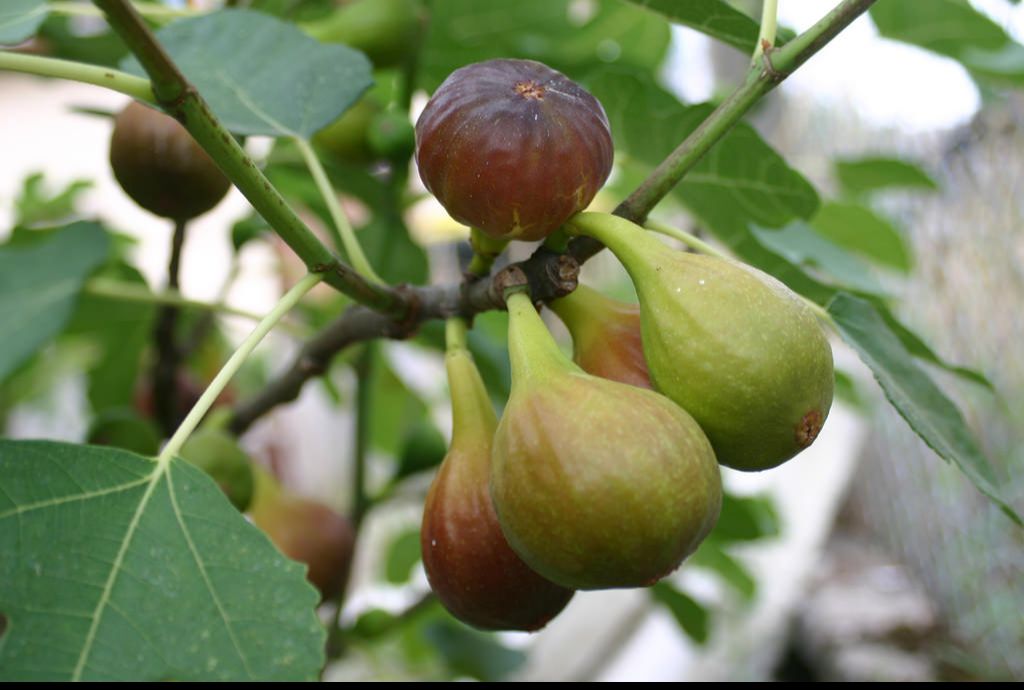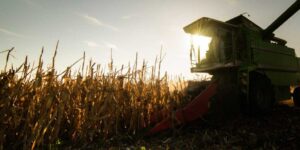BY: Hafiz Muhammad Bilal
Department : Horticulture, College of Agriculture, University of Sargodha
Fig carica L. is an important member of the genus Ficus. It is ordinarily deciduous and commonly referred to as fig. The common fig is a tree native to southwest Asia and the eastern Mediterranean and it is one of the first plants that were cultivated by humans. The fig is an important harvest worldwide for its dry and fresh consumption. Its common edible part is the fruit which is fleshy, hollow, and receptacle . There are no Ficus species native to Hawai’i. F. carica is one of about 60 species of Ficus that is cultivated in Hawai’i. Each Ficus species needs a specific pollinating wasp in order to reproduce and spread. The pollinator wasp for F. carica, Blastophaga psenses (L.), was introduced to Hawai’i in 1909. The genus Ficus is made up of about 1,000 species from pan tropical and subtropical origins. Plants in the genus are all woody ranging from trees and shrubs to climbers. The Latin name carica is named for the location Caria in Asia Minor which is supposedly the home of the fig. Several varieties of F. carica are grown in Hawai’i, including the Smyrna fig the brown or Turkey fig and the white and golden fig. About 60 species of Ficus have been introduced to Hawai’i for cultivation and reforestation.
Shrubs or small trees deciduous to 5 meter its height. Roots are not adventitious. Bark grayish slightly roughened. Branch lets pubescent. Leaves: stipules 1-1.2 cm petiole 8-20 cm. Leaf blade obovate nearly orbiculate or ovate palmately 3-5 lobed, 15-30 x 15-30 cm base cordate, margins undulate or irregularly dentate apex acute to obtuse surfaces abaxially and adaxially scabrous pubescent basal veins 5 pairs lateral veins irregularly spaced. Syconia solitary, sessile, green, yellow, or red-purple pyriform 5-8 cm pubescent peduncle ca. 1 cm subtending bracts ovate 1-2 mm ostiole with 3 subtending bracts umbonate.
- carica are usually propagated by cuttings. The fruit (syconium or fig) and reproduction systems of species in the genus Ficus are unique. Each species of Ficus has an associated species of agaonid wasp (Hymenoptera: Chalcoidea: Agaonidae). Ficus species can only be pollinated by their associated agaonid wasps and in turn the wasps can only lay eggs within their associated Ficus fruit. For successful pollination and reproduction of Ficus species to occur its Beside its edible uses the fig fruit has been used in traditional medicine as a laxative due to the high content of sugars and mucilages. The pulp has emollient and ant inflammatory properties. Leaves are regarded as a traditional remedy for diabetes in Spain and Southwestern Europe. In India the plant commonly known as Anjir has been used as chewed leaves to treat jaundice and also liver and spleen disorders. The latex obtained from leaves has been used topically to treat warts, insect bites and thorn pricks.
Fig is harvested at fully ripened stage Fruit is picked by hand. It is the important exercise to get the healthy fruit because fruit skin is very delicate and easily damaged by mishandling of fruits. Fig mosaic and fig stem borer are major problems.
Average yield of a fig plant fruit is 8-16 kilo grams But yield depend upon different climatic conditions and cultivations. An average production of fig is 25 tons per hectare. Shelf life of fig is not much it near 2-3 but providing treatments it will be increased.








